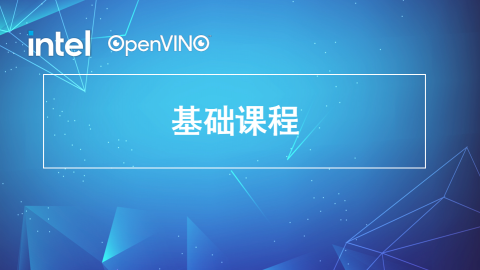在做实验时,我们常常会使用用开源的数据集进行测试。而Pytorch中内置了许多数据集,这些数据集我们常常使用DataLoader类进行加载。
如下面这个我们使用DataLoader类加载torch.vision中的FashionMNIST数据集。
from torch.utils.data import DataLoader
from torchvision import datasets
from torchvision.transforms import ToTensor
import matplotlib.pyplot as plt
training_data = datasets.FashionMNIST(
root="data",
train=True,
download=True,
transform=ToTensor()
)
test_data = datasets.FashionMNIST(
root="data",
train=False,
download=True,
transform=ToTensor()
)
我们接下来定义Dataloader对象用于加载这两个数据集:
train_dataloader = DataLoader(training_data, batch_size=64, shuffle=True)
test_dataloader = DataLoader(test_data, batch_size=64, shuffle=True)
那么这个train_dataloader究竟是什么类型呢?
print(type(train_dataloader)) # <class 'torch.utils.data.dataloader.DataLoader'>
我们可以将先其转换为迭代器类型。
print(type(iter(train_dataloader)))# <class 'torch.utils.data.dataloader._SingleProcessDataLoaderIter'>
然后再使用next(iter(train_dataloader))从迭代器里取数据,如下所示:
train_features, train_labels = next(iter(train_dataloader))
print(f"Feature batch shape: {train_features.size()}")
print(f"Labels batch shape: {train_labels.size()}")
img = train_features[0].squeeze()
label = train_labels[0]
plt.imshow(img, cmap="gray")
plt.show()
print(f"Label: {label}")
可以看到我们成功获取了数据集中第一张图片的信息,控制台打印:
Feature batch shape: torch.Size([64, 1, 28, 28])
Labels batch shape: torch.Size([64])
Label: 2
图片可视化显示如下:
不过有读者可能就会产生疑问,很多时候我们并没有将DataLoader类型强制转换成迭代器类型呀,大多数时候我们会写如下代码:
for train_features, train_labels in train_dataloader:
print(train_features.shape) # torch.Size([64, 1, 28, 28])
print(train_features[0].shape) # torch.Size([1, 28, 28])
print(train_features[0].squeeze().shape) # torch.Size([28, 28])
img = train_features[0].squeeze()
label = train_labels[0]
plt.imshow(img, cmap="gray")
plt.show()
print(f"Label: {label}")
可以看到,该代码也能够正常迭代训练数据,前三个样本的控制台打印输出为:
torch.Size([64, 1, 28, 28])
torch.Size([1, 28, 28])
torch.Size([28, 28])
Label: 7
torch.Size([64, 1, 28, 28])
torch.Size([1, 28, 28])
torch.Size([28, 28])
Label: 4
torch.Size([64, 1, 28, 28])
torch.Size([1, 28, 28])
torch.Size([28, 28])
Label: 1
那么为什么我们这里没有显式将Dataloader转换为迭代器类型呢,其实是Python语言for循环的一种机制,一旦我们用for ... in ...句式来迭代一个对象,那么Python解释器就会偷偷地自动帮我们创建好迭代器,也就是说
for train_features, train_labels in train_dataloader:
实际上等同于
for train_features, train_labels in iter(train_dataloader):
更进一步,这实际上等同于
train_iterator = iter(train_dataloader)
try:
while True:
train_features, train_labels = next(train_iterator)
except StopIteration:
pass
推而广之,我们在用Python迭代直接迭代列表时:
for x in [1, 2, 3, 4]:
其实Python解释器已经为我们隐式转换为迭代器了:
list_iterator = iter([1, 2, 3, 4])
try:
while True:
x = next(list_iterator)
except StopIteration:
pass
参考文献
- [1] https://pytorch.org/
- [2] Martelli A, Ravenscroft A, Ascher D. Python cookbook[M]. " O'Reilly Media, Inc.", 2005.
文章来源: 博客园
- 还没有人评论,欢迎说说您的想法!




 客服
客服


